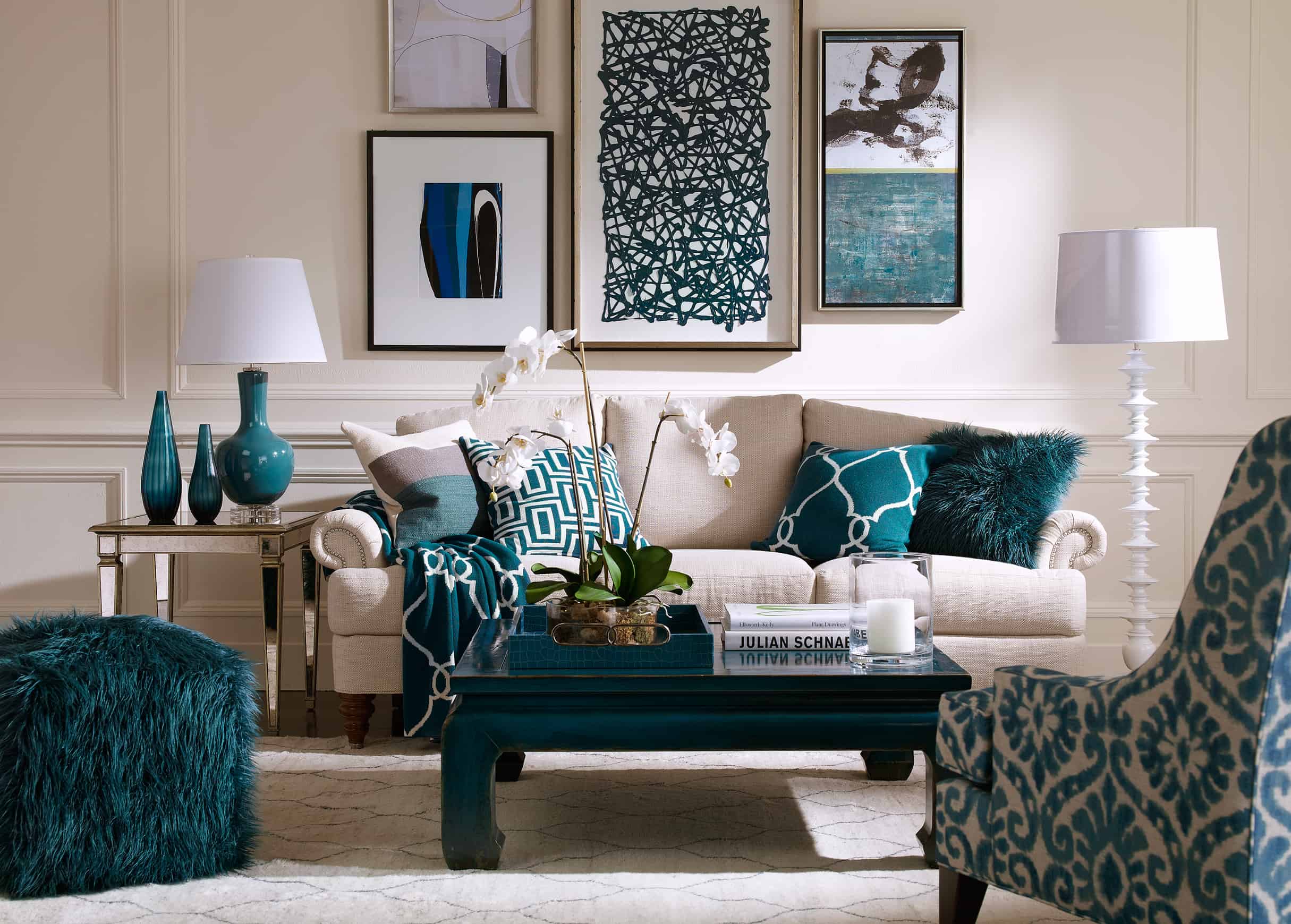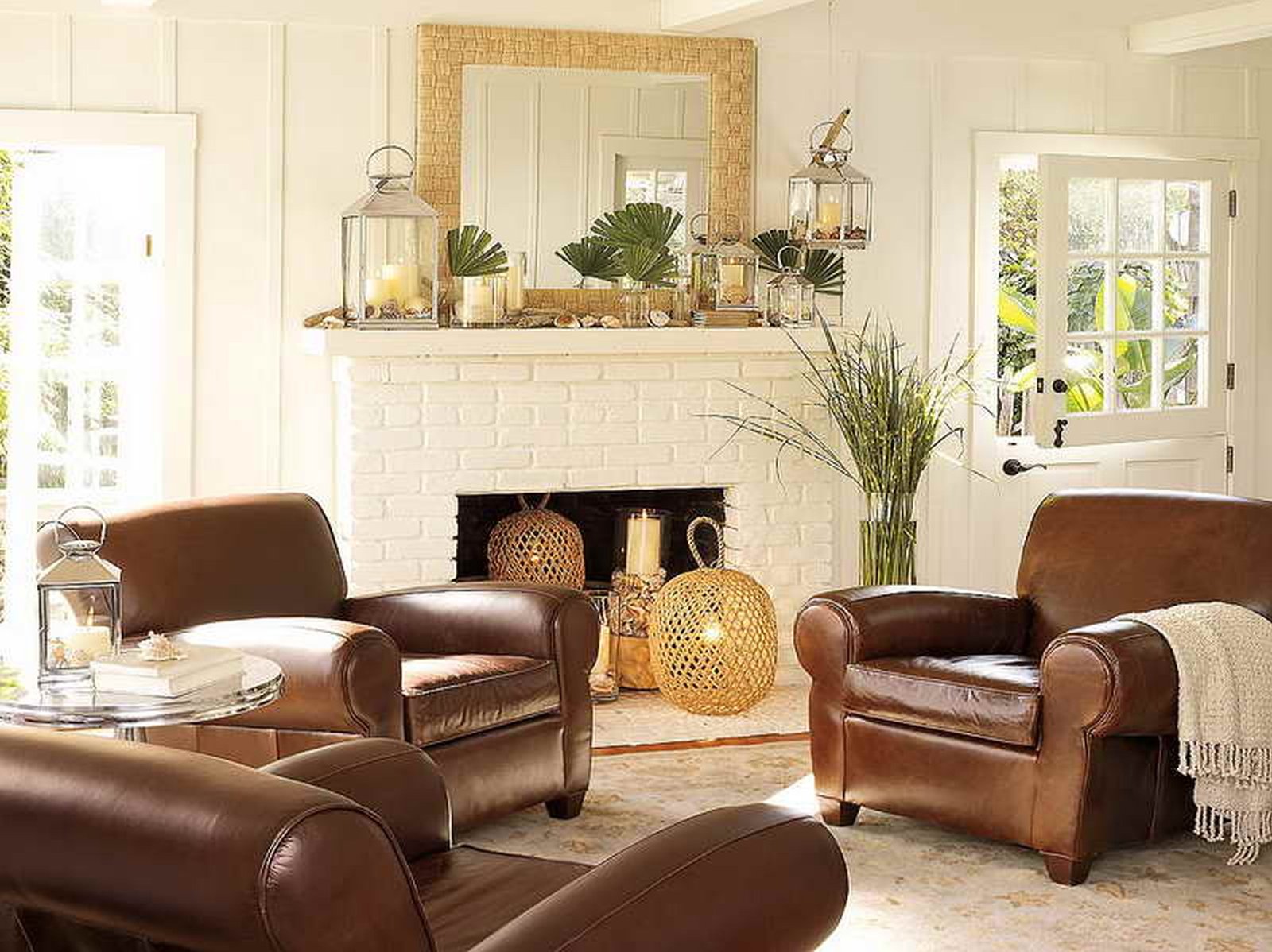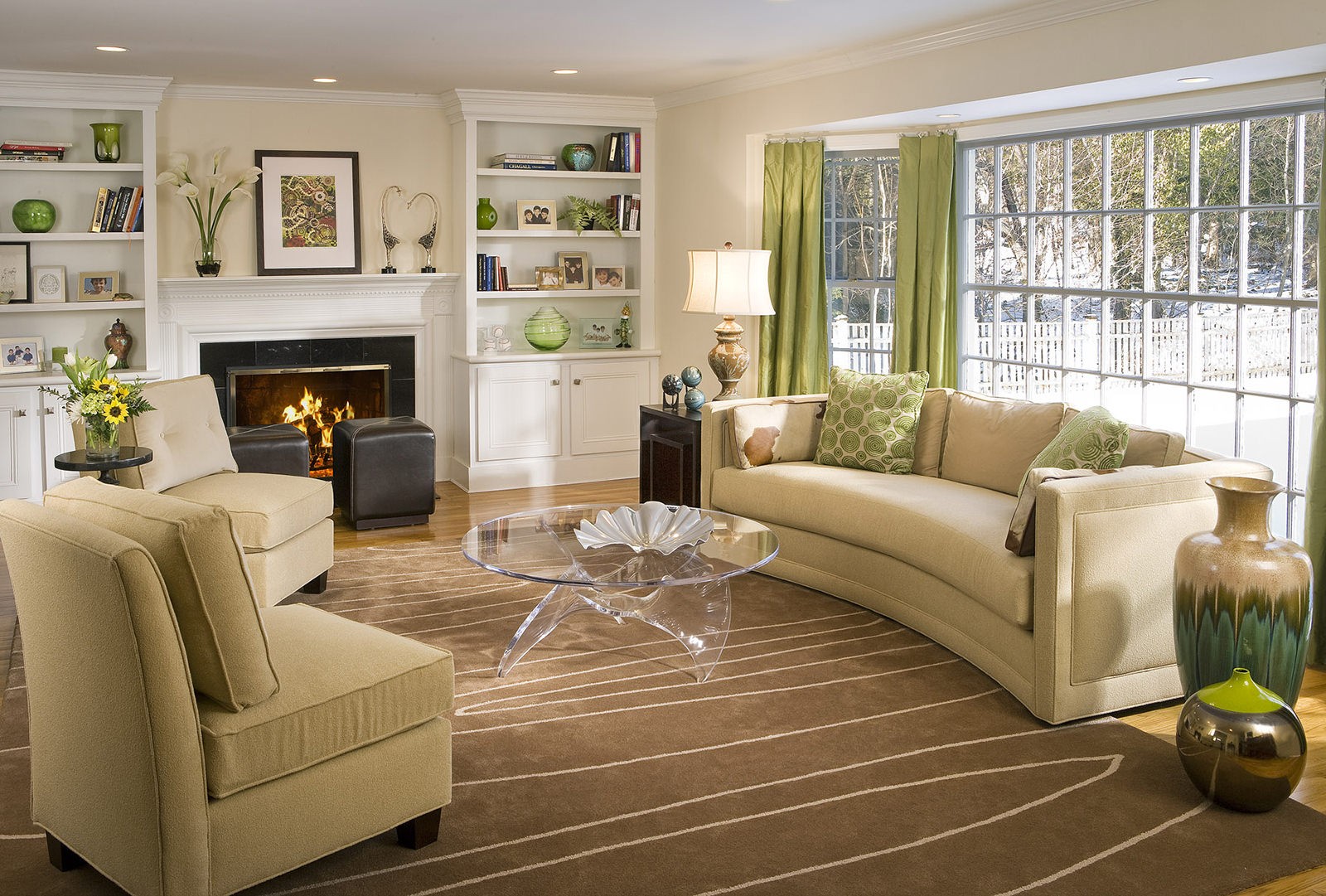Decor Styles: Decorating Your Home

Decorating your home – The world of home decor encompasses a vast array of styles, each reflecting unique aesthetic sensibilities and cultural influences. From the sleek lines of modernism to the timeless elegance of traditional design, the choice of decor style can profoundly impact the ambiance and functionality of a living space.
Modern Style
Modern decor embraces simplicity, functionality, and clean lines. It emphasizes open floor plans, natural light, and neutral color palettes. Key elements include geometric shapes, minimalist furniture, and materials like glass, metal, and concrete.
Decorating your home can be a fun and rewarding experience. One of the most important decisions you’ll make is how to divide your living room. A well-designed partition can create a more intimate and inviting space, while also adding a touch of style.
If you’re looking for inspiration, be sure to check out this guide to living room partition design. With so many different options to choose from, you’re sure to find the perfect solution for your home.
Traditional Style
Traditional decor evokes a sense of timeless sophistication and elegance. It often incorporates intricate details, rich fabrics, and classic furniture forms. Mahogany, oak, and cherry woods are commonly used, along with damask patterns, floral motifs, and antique accessories.
Decorating your home can be a daunting task, but it can also be a lot of fun. If you’re looking for a way to create a space that is both stylish and functional, minimalist kitchen design is a great option.
With its clean lines and simple materials, minimalist kitchens are easy to keep clean and organized. Plus, they can be surprisingly versatile, working well with a variety of different decor styles. Whether you’re looking for a new kitchen or just want to update your existing one, minimalist kitchen design is definitely worth considering.
Click here to learn more about minimalist kitchen design.
Bohemian Style
Bohemian decor celebrates eclecticism and free-spirited expression. It mixes patterns, textures, and colors in a vibrant and playful manner. Ethnic textiles, vintage furniture, and handmade crafts are often featured, creating a cozy and inviting atmosphere.
Scandinavian Style
Scandinavian decor embodies a minimalist and functional aesthetic. It emphasizes natural materials, such as wood and stone, along with soft, muted colors. Simple lines, comfortable furniture, and ample natural light create a serene and inviting living space.
Color Schemes

Color has a profound impact on home decor, influencing the overall mood, atmosphere, and style of a space. Understanding the psychology behind color choices can help you create a harmonious and visually appealing living environment.
Different colors evoke different emotions and associations. For instance, warm colors like red, orange, and yellow create a sense of warmth and energy, while cool colors like blue, green, and purple promote tranquility and relaxation. Neutral colors like white, black, and gray provide a clean and sophisticated backdrop, allowing other elements of your decor to take center stage.
Choosing Color Schemes for Different Rooms and Purposes
When choosing a color scheme for a particular room, consider its intended purpose and the desired atmosphere. For example, warm colors are ideal for living rooms and dining rooms, where you want to create a welcoming and inviting space. Cool colors are better suited for bedrooms and bathrooms, where you seek a calming and relaxing ambiance.
In addition to the overall mood, consider the size and natural lighting of the room. Dark colors can make a small room feel even smaller, while light colors can make it feel more spacious. If a room has limited natural light, opt for lighter colors to brighten the space. Conversely, if a room has ample natural light, you can experiment with darker colors to create a more intimate and cozy atmosphere.
Tips for Creating Harmonious Color Combinations
- Use the color wheel to guide your color choices. Complementary colors, which are opposite each other on the color wheel, create a vibrant and energetic effect. Analogous colors, which are adjacent to each other on the color wheel, create a more harmonious and subtle look.
- Consider the undertones of colors. Every color has an undertone, which can be warm (yellow, orange, red) or cool (blue, green, purple). When choosing colors, pay attention to their undertones to ensure they complement each other.
- Don’t be afraid to experiment. There are no hard and fast rules when it comes to color schemes. Experiment with different colors and combinations until you find a scheme that you love.
Space Planning and Organization

Space planning and organization are crucial aspects of home decor, ensuring that a space is both aesthetically pleasing and functional. By understanding the principles of space planning and organization, homeowners can create a comfortable and efficient living environment that meets their specific needs.
Effective space planning involves maximizing the use of available space, creating functional layouts, and optimizing storage solutions. This can be achieved through careful consideration of furniture placement, lighting, and the use of accessories to enhance the flow and functionality of a space.
Maximizing Space, Decorating your home
- Use vertical space by installing shelves, drawers, and cabinets that extend upwards.
- Consider multi-purpose furniture, such as ottomans with built-in storage or coffee tables with drawers.
- Declutter regularly to remove unnecessary items and create a sense of spaciousness.
Creating Functional Layouts
A well-organized layout ensures that furniture is arranged in a way that allows for easy movement and access to different areas of a room. Consider the following tips:
- Create designated zones for different activities, such as a seating area, a dining area, and a work area.
- Leave enough space between furniture pieces to avoid overcrowding and ensure a comfortable flow of traffic.
- Use rugs to define different areas and create a sense of separation.
Optimizing Storage Solutions
Effective storage solutions are essential for keeping a space organized and clutter-free. Here are some ideas:
- Utilize hidden storage, such as under-bed drawers, built-in shelves, and behind-the-door organizers.
- Use clear containers to store items and make them easily identifiable.
- Consider vertical storage solutions, such as stackable bins and hanging shelves.